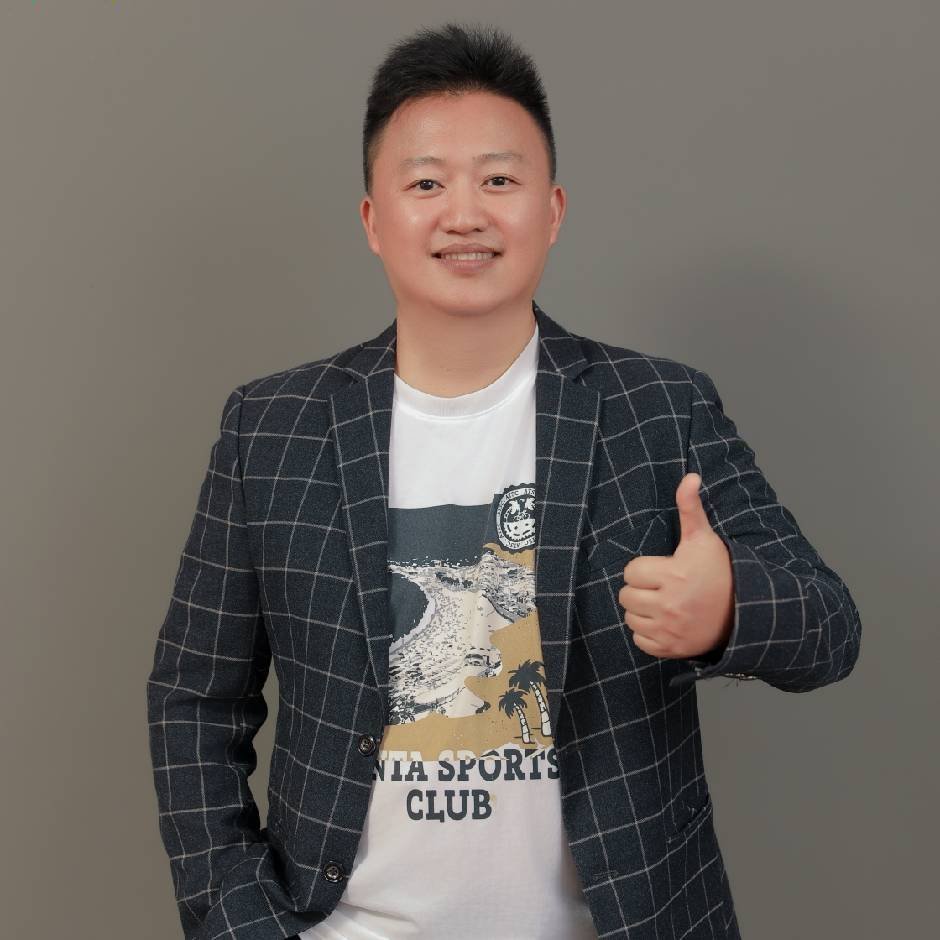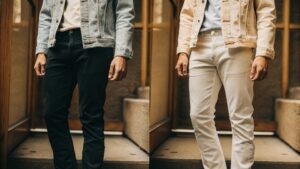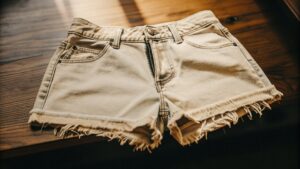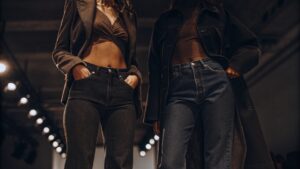You see a pair of Purple Brand jeans1 with their unique distressing and a price tag of several hundred dollars. You wonder what could possibly justify the cost. Is it all just marketing hype?
Purple Brand jeans are expensive because of their extremely complex, multi-stage manufacturing processes. They use high-quality stretch fabrics, custom hardware2, and intricate, labor-intensive washing and distressing techniques that are costly and time-consuming to produce.
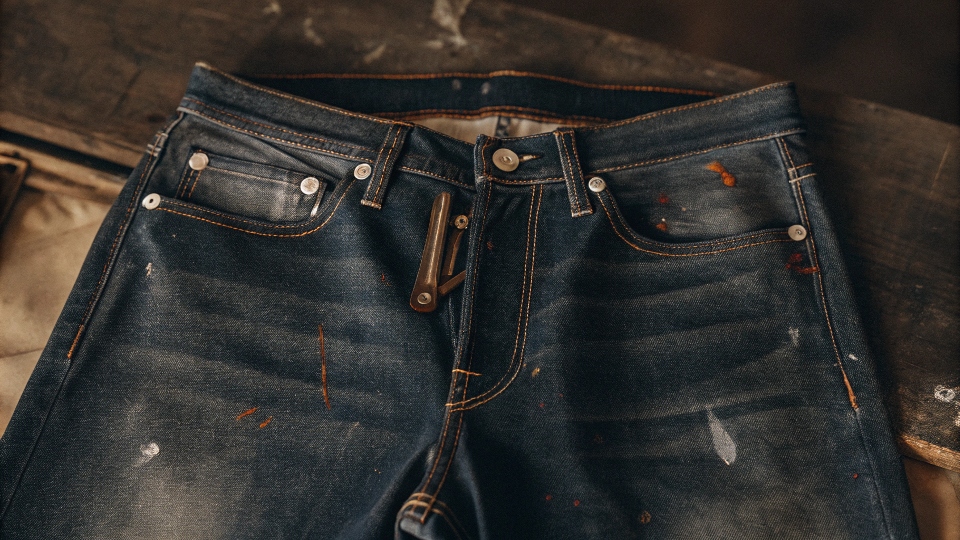
This question is something I deal with every day. A designer like my colleague Dean will see a brand like Purple and appreciate its success, but the real question for both of us is, "What does it take to make that?"
As someone who has run a denim factory for over two decades, I can tell you the price isn't arbitrary. It's a direct reflection of a specific, and very expensive, way of making jeans.
It's a combination of materials, complicated washing, and a fast-paced business model, just as the insight suggests. Let's break down where the money really goes.
What are Purple Brand jeans actually made of?
You look at the jeans and see denim, but the feel and fit are different from traditional raw jeans. You're curious if the high price starts with some kind of rare, secret material.
Purple Brand jeans are typically made from a high-quality blend of 98% cotton and 2% elastane3. The cost also comes from their signature custom hardware, like branded buttons, rivets, and their unique hangtag, rather than generic components.
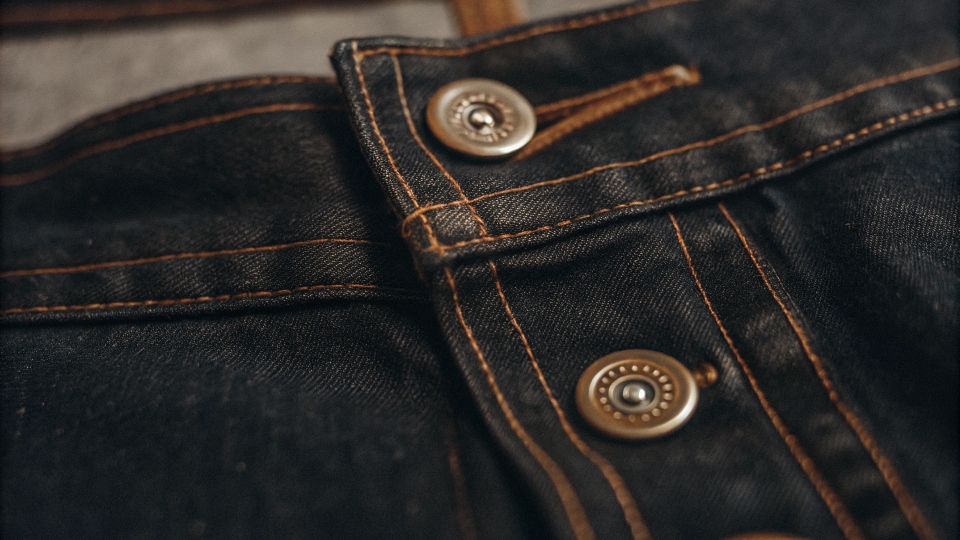
The material choice is the first step in understanding the cost. They don't use 100% rigid cotton. They use stretch denim. This is a deliberate choice tied directly to their signature aesthetic: a very slim, modern fit.
To make a jean that is both skinny and comfortable, you absolutely need that 2% elastane. From my factory's perspective, working with stretch fabric requires more skill. It can shrink or warp unpredictably during the intense washing processes if not handled correctly.
But the bigger, often overlooked cost is in the "trim." The trim includes everything that isn't the fabric: the buttons, the rivets, the zipper, the patches. Generic hardware is cheap. But Purple Brand uses custom-designed, branded hardware.
Sourcing or creating custom trim requires paying for design, molds, and meeting high minimum order quantities. This adds a significant cost to each pair before it's even sewn.
| Component | Standard Jeans | Purple Brand Jeans | Cost Impact |
|---|---|---|---|
| Fabric | 100% Cotton or basic stretch | High-quality 98/2 Cotton/Elastane blend | Higher fabric cost per yard |
| Hardware | Generic buttons, rivets | Custom-branded, often plated hardware | Significant; tooling & unit costs are high |
| Branding | Standard back patch | Signature hangtag, unique branding elements | Higher branding & trim costs |
Who is the mastermind behind the Purple jeans brand?
You see a brand with such a specific and successful style. You question if it's managed by a large corporation or by a few individuals with a clear vision. This context helps explain the brand's direction.
Purple Brand was co-founded by Rob Lo and Luke Cosby, two industry veterans with experience at brands like Ksubi and in circles connected to the Yeezy project. They launched the brand to fill a market gap for fashion-forward luxury denim4.

The background of the founders is critical. These aren't newcomers. They are experts in the streetwear and luxury markets. When I work with experienced founders like them, the process is very different.
They aren't just sending a simple request for a "blue jean." They come with a deep understanding of fit, fabric, and finishing. They push my factory to experiment with new techniques. They will reject samples that are 95% correct because that last 5% is what their customers pay for.
This creates a highly intensive design and development cycle. We might create 5 to 10 different wash samples just to perfect one style. This constant innovation is part of their business model. They follow trends closely and release new, complex products very quickly.
This "fast fashion" approach applied to luxury goods means higher development costs and smaller production runs, both of which increase the cost per jean.
Can you wash your Purple Brand jeans?
You've invested a lot of money in these jeans. They have intricate distressing5 and special finishes. The idea of putting them in a washing machine and potentially ruining them is a major source of anxiety.
Yes, you can and should wash Purple Brand jeans, but you must be very careful. Turn them inside out, wash them alone in cold water on the gentlest cycle, and always hang them to dry.
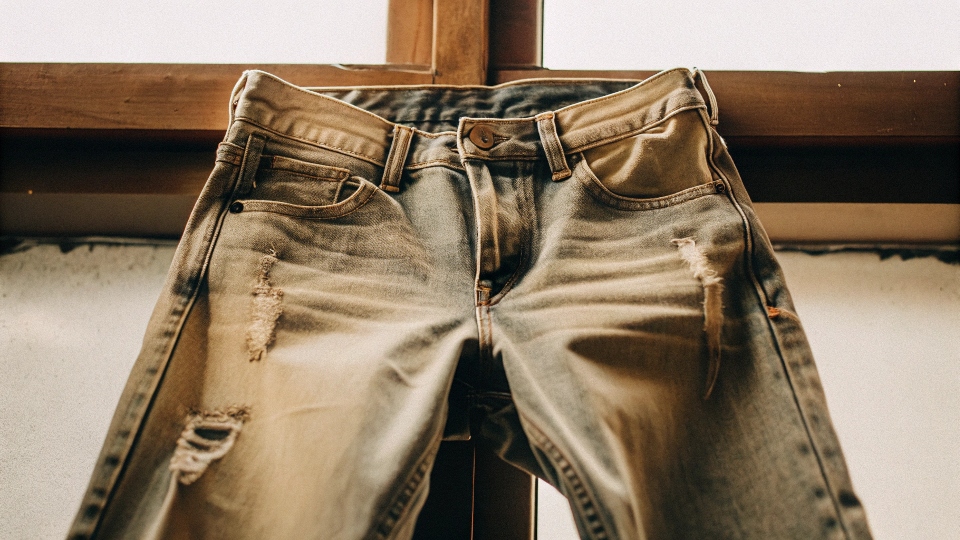
The reason you have to be so careful is because you're not just washing denim; you're washing a piece of art. All the features that make the jeans expensive also make them delicate.
The heavy distressing means threads are already intentionally broken. An aggressive wash cycle can easily catch these threads and turn a small, fashionable hole into a massive, unintentional tear. Any special finishes, like paint splatters or waxy coatings, are applied to the surface of the fabric.
Hot water and harsh detergents can strip them right off. From a manufacturing standpoint, here are the non-negotiable rules for preserving them:
- Turn Inside Out: This is the most important step. It protects the outer surface, the hardware, and the distressing from getting battered by the machine drum.
- Cold Water Only: Hot water can cause the elastane fibers to weaken or break, destroying the stretch and fit. It also accelerates fading.
- Gentle Cycle: Minimize the physical stress on the garment.
- Never Use a Tumble Dryer: The high, direct heat of a dryer is the fastest way to ruin stretch denim. It damages the elastic fibers, making them brittle. Always hang them up to air dry.
Why have all jeans gotten so expensive lately?
It feels like it isn't just Purple Brand. You've noticed that the price of any good pair of jeans has been climbing steadily. You wonder if this is due to real-world factors or just universal price hikes.
Jeans have gotten more expensive across the board due to rising costs for cotton6, energy, and ethical labor. More importantly, consumer demand has shifted toward more complex and finished looks, which require many more expensive manufacturing steps than a simple jean.
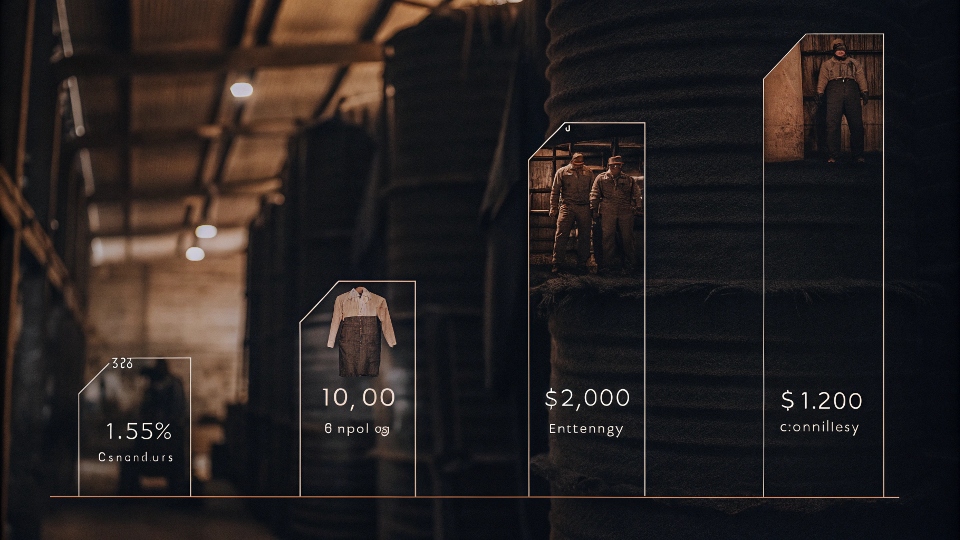
This is a trend I've seen firsthand over the last 20 years. A simple "raw" jean is relatively cheap to produce after the fabric is woven. But almost nobody wants that anymore. The real cost driver is the washing and finishing process7.
A decade ago, a best-selling jean might just go through a simple rinse wash. Today, a standard pair of fashion jeans may go through ten or more steps. Each one adds time, labor, water, and chemical costs.
Brands like Purple are at the extreme end of this, but the entire market has followed this trend.
The Modern Cost Breakdown
- Raw Materials: The global price of high-quality cotton has risen significantly.
- Labor: Factories like mine invest in fair wages, safe conditions, and environmental compliance. These are necessary and good, but they are a real cost added to the garment.
- The Wash: This is the biggest change. A jean can go through hand sanding, laser distressing, stone washing, enzyme treatments, tinting, and softening. Each process is a separate stage with its own costs. The jeans that look the most "worn-in" are often the most expensive to make. Purple Brand's unique processes are the core of their identity, and this complexity is what you're paying for.
| Cost Factor | Then (c. 2000) | Now (Fashion Denim) | Price Impact |
|---|---|---|---|
| Wash Steps | 1-2 (e.g., Rinse wash) | 5-15 (e.g., Laser, Sanding, Tinting) | The single biggest cost increase |
| Material | Mostly 100% Cotton | Stretch & premium cotton blends | Higher base material cost |
| Labor | Focused on lowest cost | Higher wages & ethical standards | Significant increase in ethical factories |
Conclusion
Purple Brand jeans are expensive because they are complicated to make. Their price reflects the high cost of custom materials, labor-intensive finishing, and a trend-focused business model that demands constant, rapid innovation.
-
Explore the unique features and craftsmanship that justify the high price of Purple Brand jeans. ↩
-
Understand how custom hardware enhances the quality and uniqueness of denim products. ↩
-
Explore why this specific fabric blend is favored for comfort and style in denim. ↩
-
Explore the characteristics that set luxury denim apart in the fashion market. ↩
-
Explore the artistic techniques used to create unique distressed looks in jeans. ↩
-
Find out the factors driving up cotton prices and their impact on denim. ↩
-
Learn about the various steps that enhance the quality and appearance of jeans. ↩

